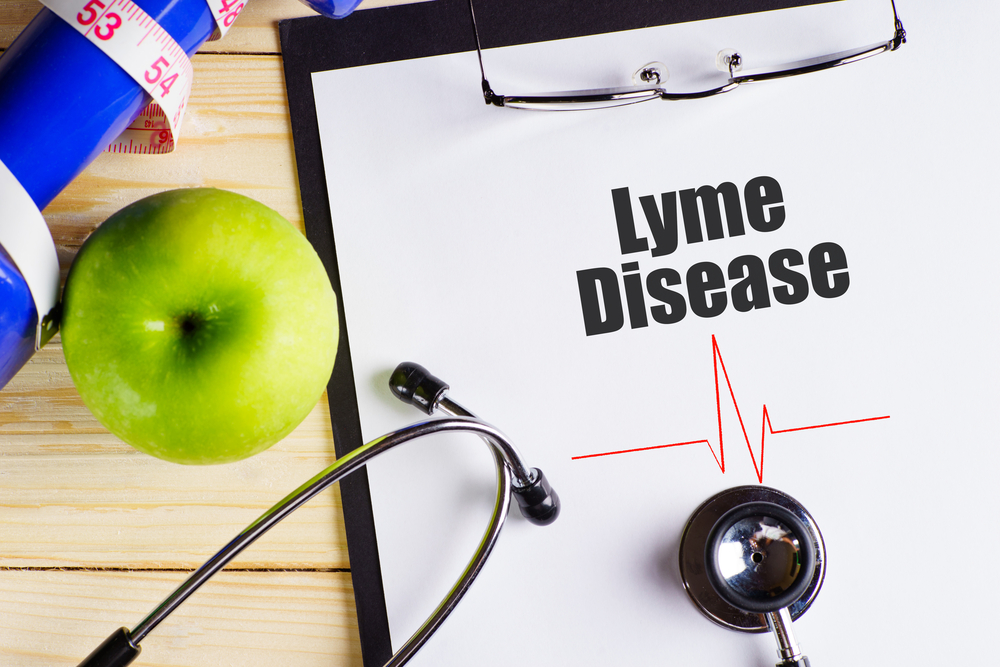I’m sure that you’ve heard a lot about Lyme disease and how it can affect our bodies. It’s important to take precautions against tick bites, but sometimes no matter what you do, you can’t avoid exposure. Let’s take a closer look at this disease and what it might mean for you.
Lyme disease has spread rapidly, and has been identified in almost all of the states in the U.S. It’s difficult to diagnose, and the idea that Lyme could be behind your health issues still isn’t very well accepted within the conventional medical community. Even after specific tests have been given, which should detect the disease, it frequently remains undiagnosed. Low-grade Lyme disease is very persistent, and can exist in your body for years without being diagnosed. It usually is associated with the symptoms of feeling extremely tired and chronic fatigue.
Testing for Lyme disease
There are a variety of tests that have been developed to detect Lyme disease in humans, but vague or false results are commonly seen with the usual Lyme titers and also with the Western blot test. An increased sensitivity test, called polymerase chain reaction (PCR) testing, is available in a few areas. The PCR test will identify the deoxyribonucleic acid (DNA) that is present in the Lyme bacteria. Polymerase chain reaction (PCR) is growing in its use and availability. However, PCR remains a research technique, in part because laboratories performing PCR tests must be meticulous in technique to minimize the likelihood of false-positive results
And it’s even more complicated because this test only indicates if Lyme bacteria is, or has been, present. It won’t tell you anything about active infection. In addition, the test has not yet been standardized for regular diagnosis.
Lyme disease and antibiotics
To add to the confusion, although most cases of Lyme disease respond quite well to antibiotic treatment, some symptoms might continue or recur in a few patients, which would then require additional antibiotic treatment. In some cases, a patient might develop ongoing chronic symptoms and might have permanent damage to the joints and nervous system.
Some scientists speculate that treatment with specific antibiotics might even improve the survival of the Lyme bacterium, under certain conditions, in some patients. This is why, if you suspect that you might have been infected with Lyme disease, it’s very important for you to contact a healthcare professional who is familiar with the symptoms, the testing, and the treatment of this disease.
Recovery is possible
The good news is that you can make a full recovery from infections, like Lyme disease and the Epstein–Barr virus, that deplete your energy. It might take a long time, even if you find yourself feeling much better following your initial diagnosis and treatment course. We’ll talk more in other articles about immunologically–mediated symptom “constellation” conditions, such as these, that have symptoms of fatigue as a major side-effect. For now, suffice it to say that while we do not have all the answers (these conditions are complex), research continues and there is hope. Hang in there and continue to create your healthy lifestyle. Don’t forget to take care of the most important person—you!
For more information, please see our more comprehensive articles on fatigue.







